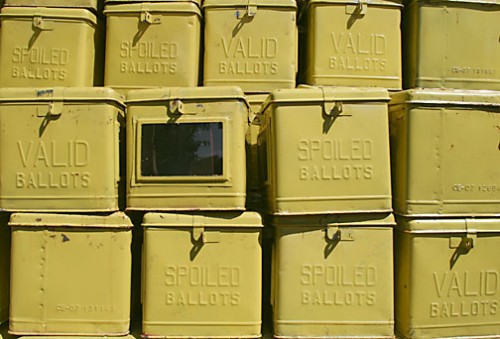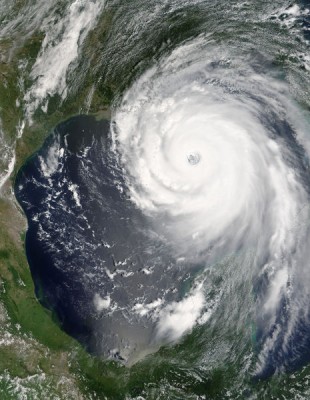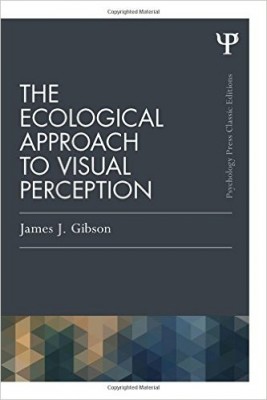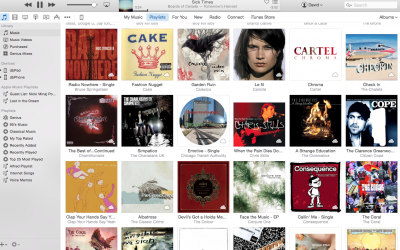
In December 2015, the Democratic Party’s data infrastructure became the subject of fierce controversy. When it was publicly revealed that staffers of Bernie Sanders’s presidential bid breached rival Hillary Clinton’s voter data stored in NGP VAN’s VoteBuilder, this infrastructure, normally hidden from view, suddenly became a contested matter of concern. As the Democratic Party closed access to VoteBuilder for a period of time for the Sanders campaign, the candidate’s supporters, competitors to NGP VAN, and journalists publicly debated why the party had such control over voter data and, ultimately, the dangers that such centralization might pose for the party and the democratic process. I have spent the past decade studying platforms such as VoteBuilder. While the incident with Sanders raised a number of important issues, the Democratic Party’s data infrastructure, developed in the wake of the 2004 presidential election cycle, is a key reason for its well-documented technological advantages over its Republican rival that persisted at least through the 2014 midterm elections.
Before I go any further it is worth providing some background context from news reports on the Sanders data breach, with the caveat that I have no direct knowledge of and have not conducted original research on the incident. From journalistic reports, the basic facts behind the Sanders data breach of NGP VAN’s firewalls between campaigns seem clear enough. By exploiting a vulnerability in the NGP VAN system, staffers on the Sanders campaign pulled multiple lists of voters from the Clinton campaign’s voter data. According to news articles, this included data on things such as strong Clinton supporters in Iowa and New Hampshire, 24 lists in all. The DNC responded by temporarily suspending the Sanders campaign’s access to VoteBuilder, in effect preventing staffers from using their voter data less than two months out from the Iowa caucuses. more...









